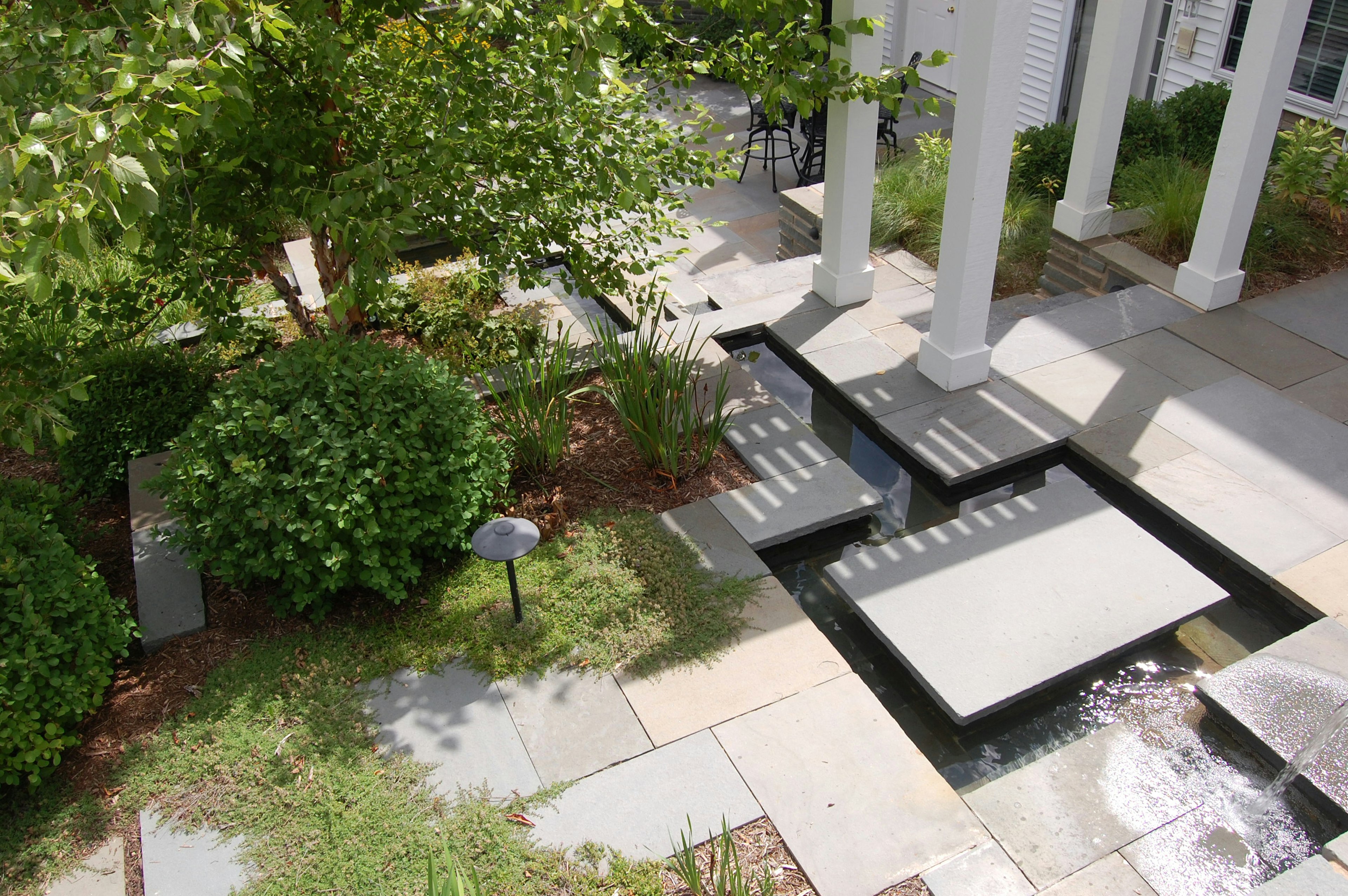
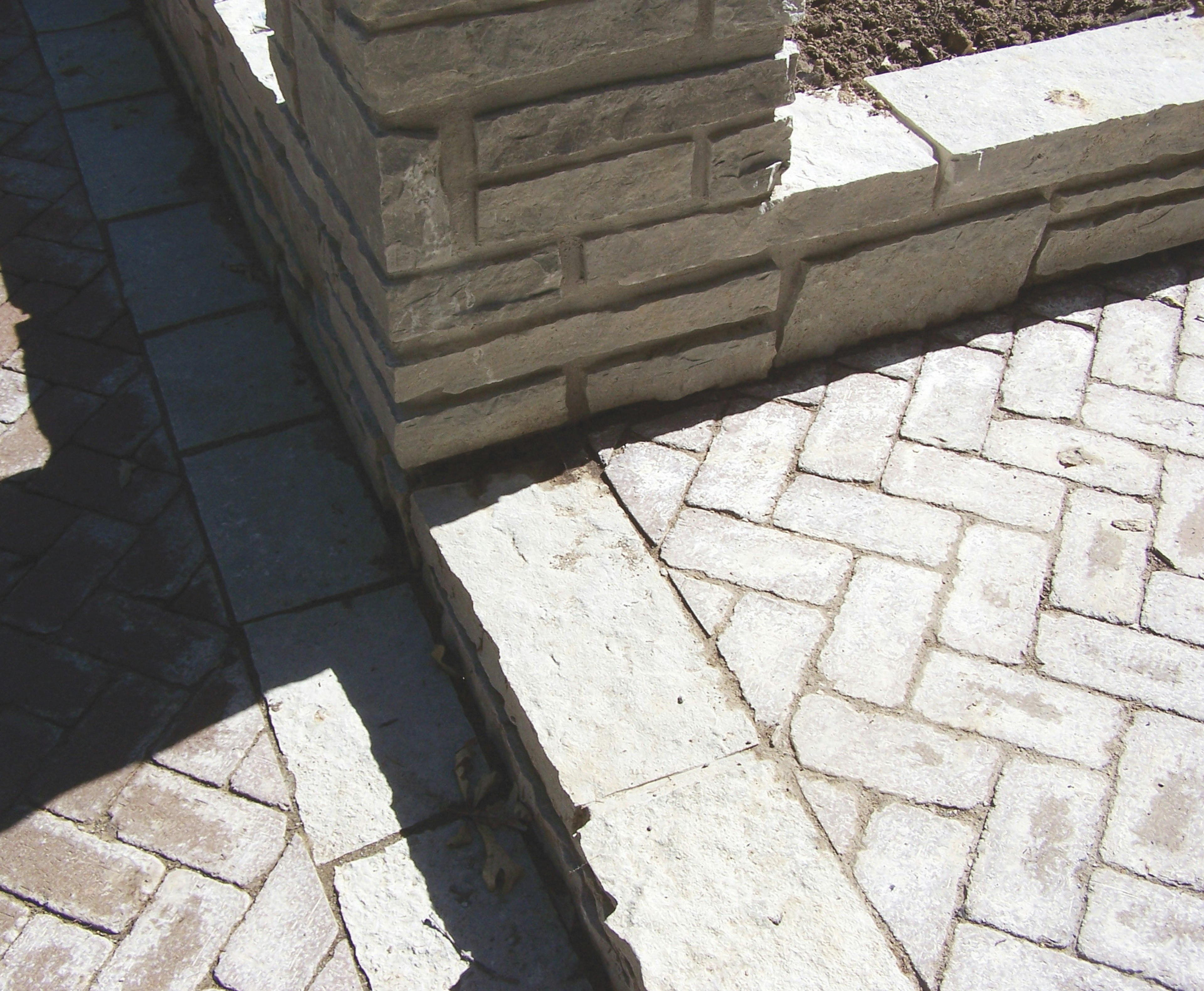
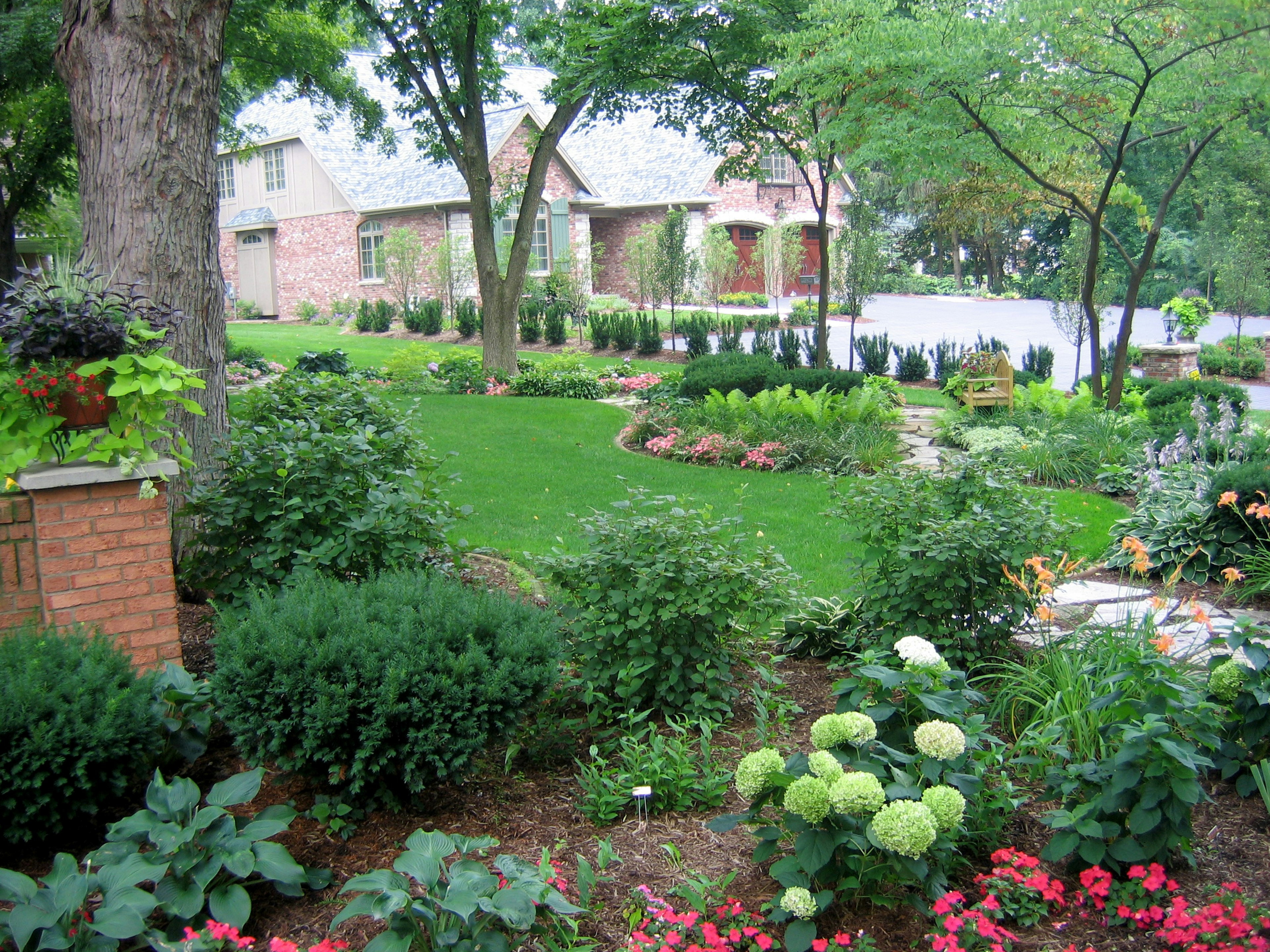
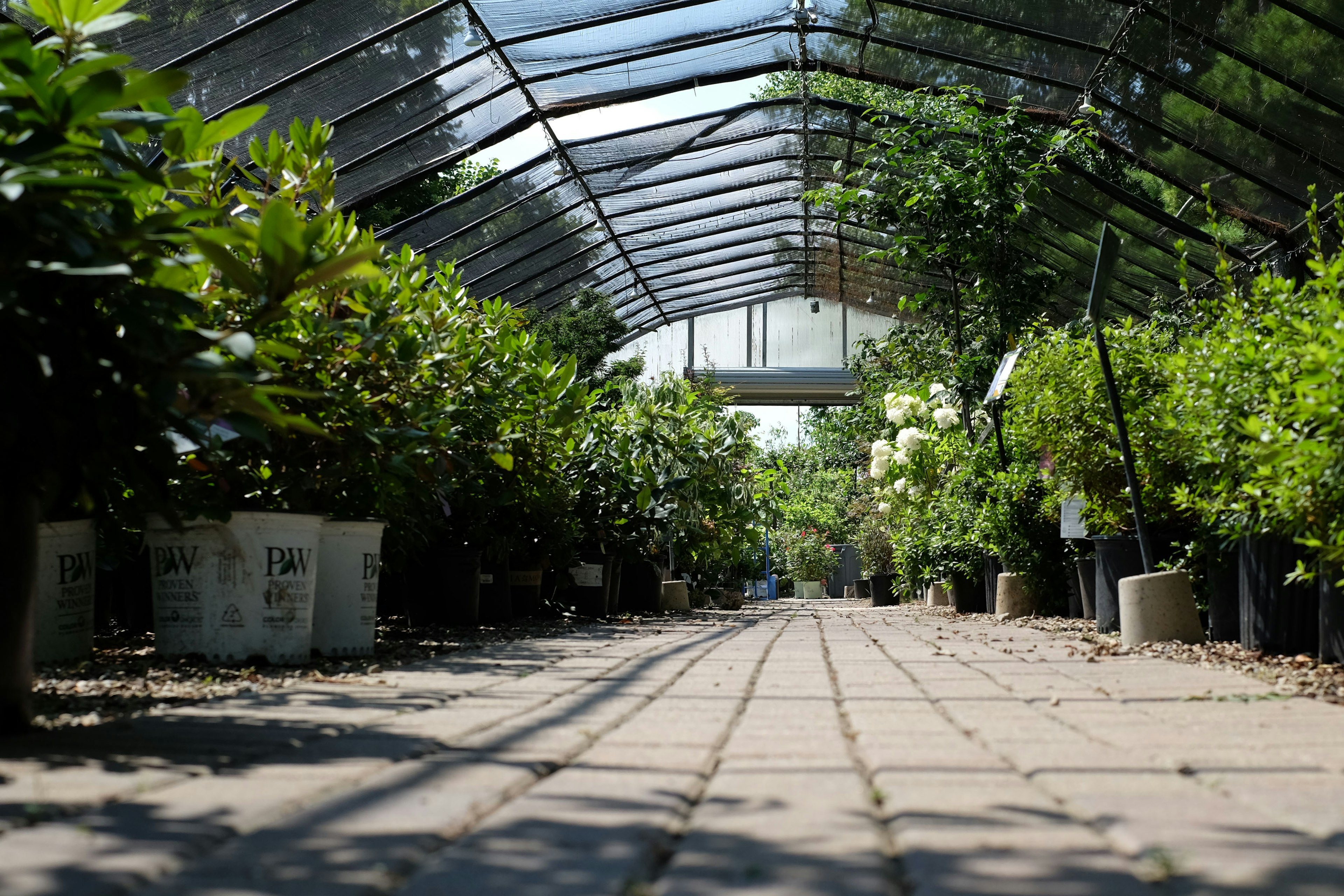
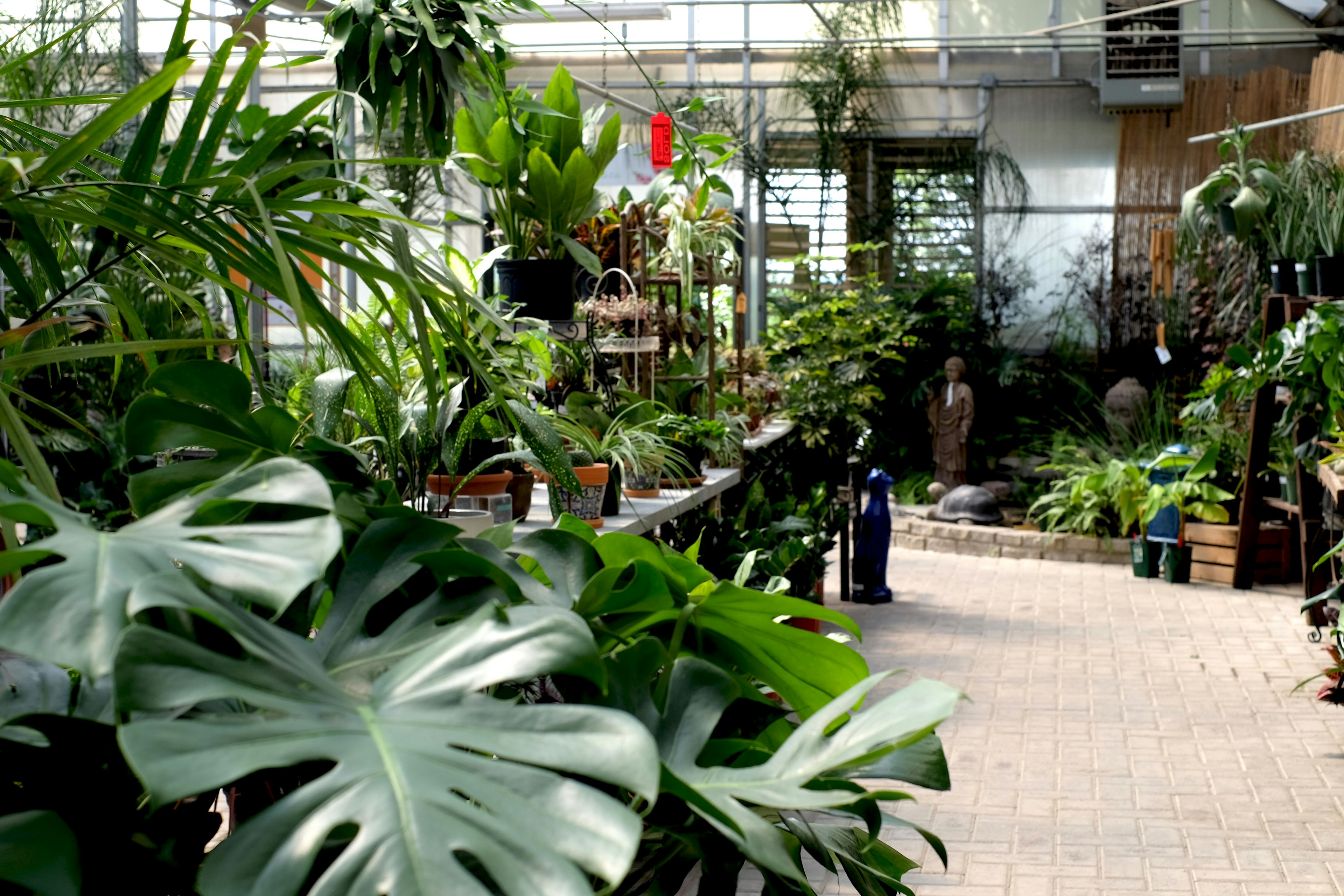
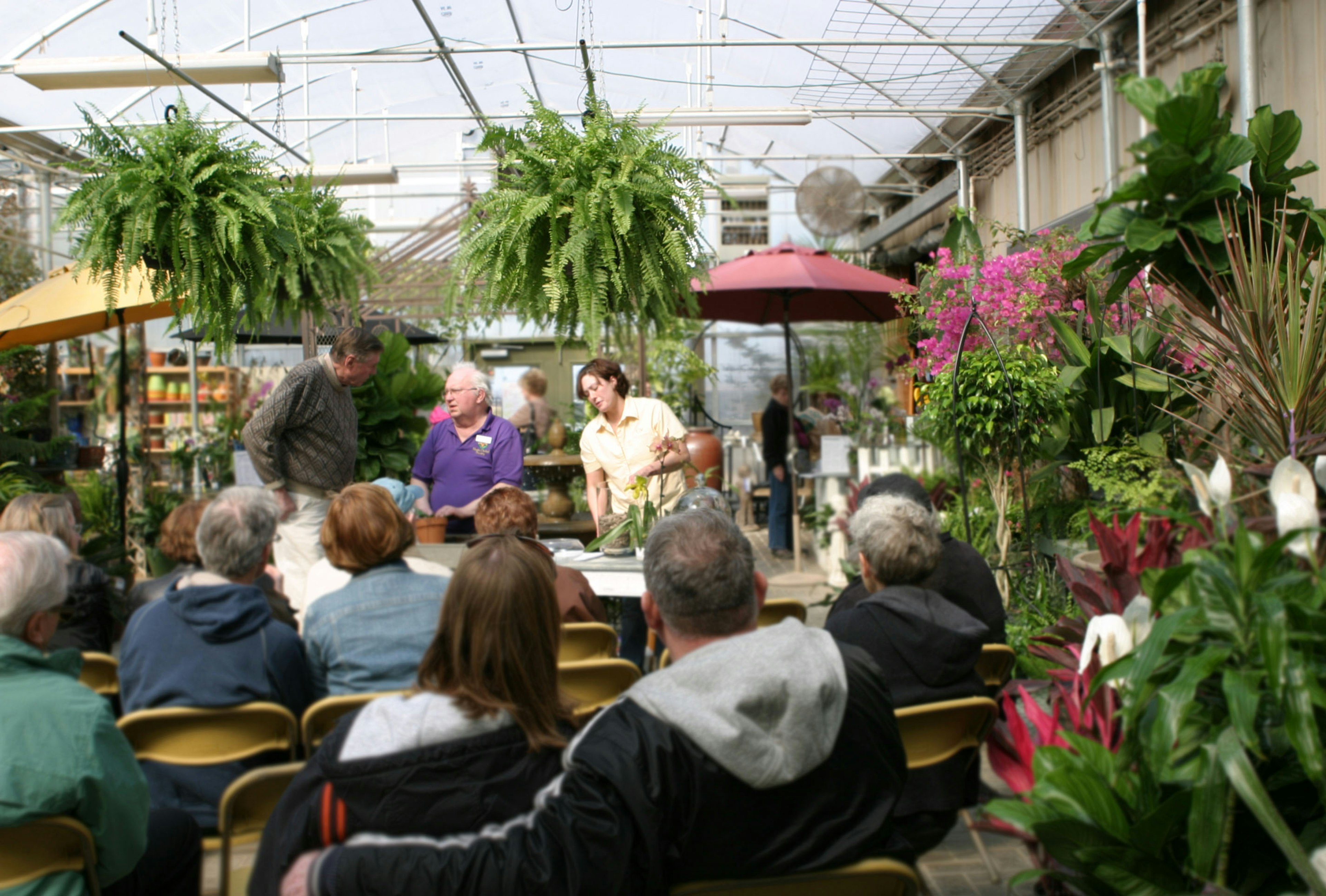
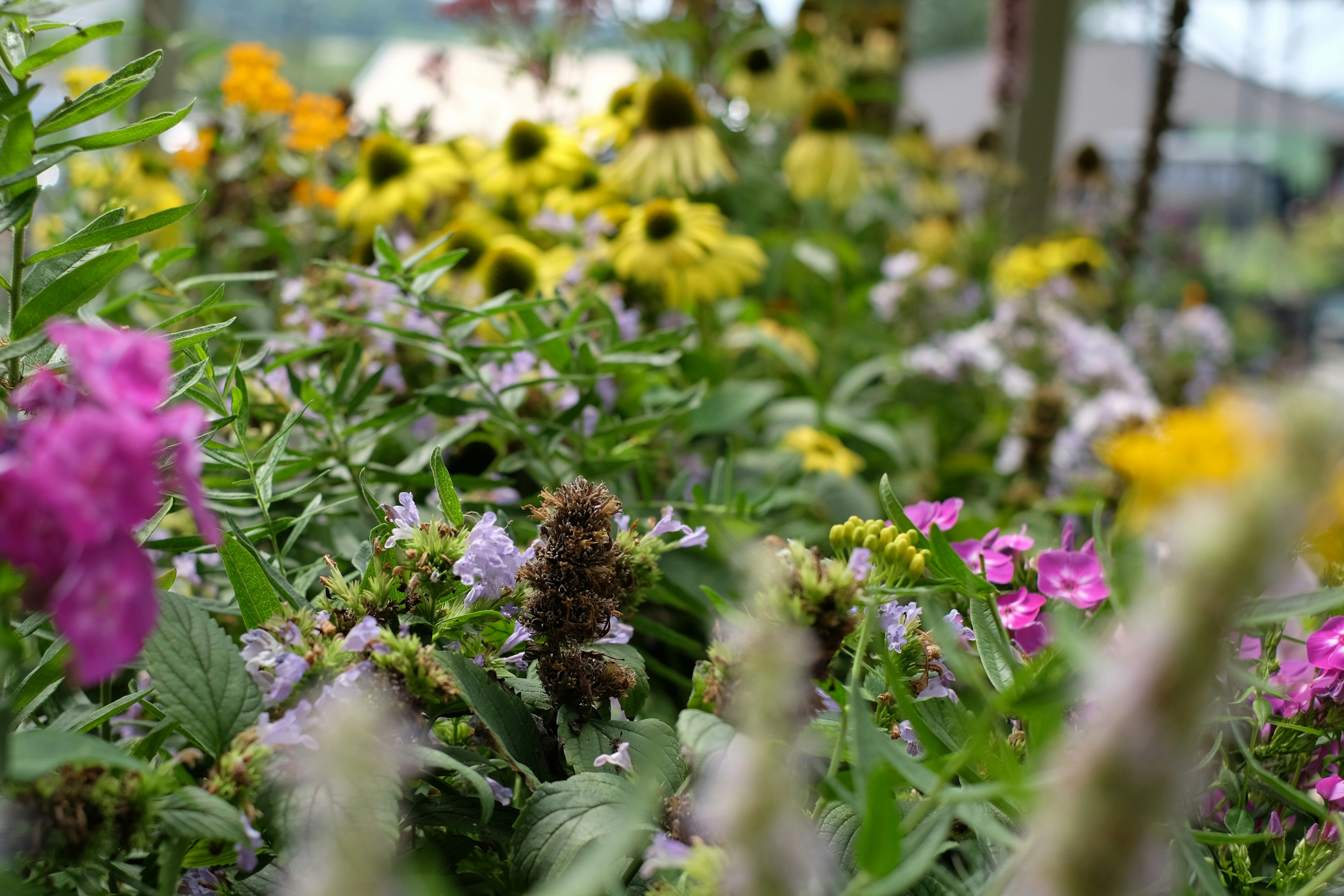

Landscape
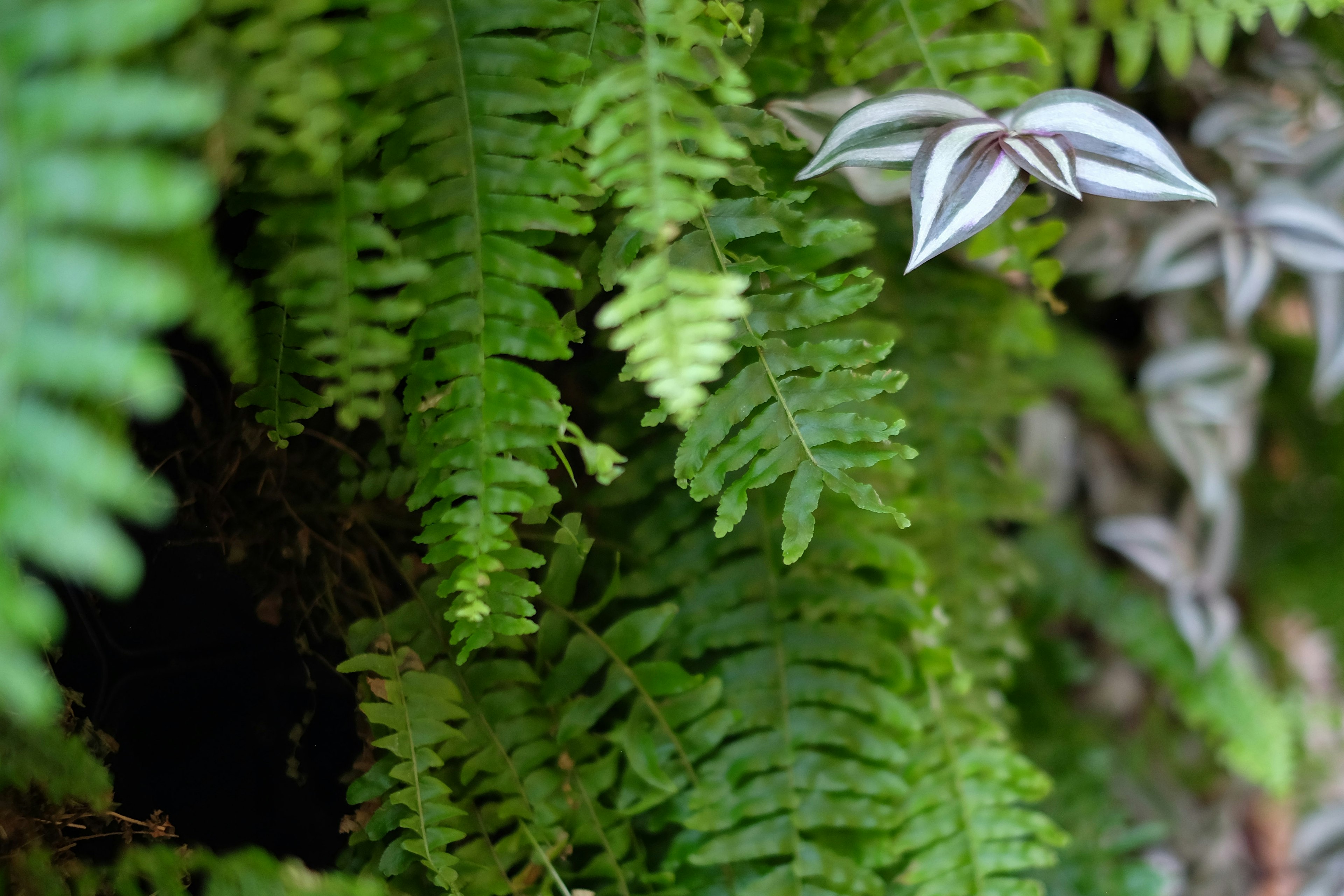
How Outdoor Lighting Enhances Your Landscape and Home

At Green View, we understand the importance of crafting an outdoor space that is both visually stunning and functional. One of the most critical aspects of landscape design is the integration of outdoor lighting. When done right, it can dramatically transform your property, creating an inviting atmosphere and highlighting the unique features of your home and landscape. In this blog, we’ll delve into the art of outdoor lighting, discussing its benefits and exploring some creative techniques to enhance your home’s exterior and landscaping.
Benefits of Outdoor Lighting
- Safety and Security
Outdoor lighting plays a crucial role in ensuring the safety and security of your property. Well-lit paths, entryways, and outdoor living spaces provide safe passage for family members and guests, preventing trips and falls. Strategically placed lights can also deter potential intruders by eliminating dark hiding spots and improving visibility.
- Aesthetic Appeal
A beautifully lit landscape can dramatically improve your property's curb appeal. Outdoor lighting can accentuate the architecture of your home, showcase your garden's best features, and create a warm and welcoming ambiance for guests.
- Extended Outdoor Living
Investing in outdoor lighting allows you to enjoy your outdoor spaces long after the sun has set. Whether you're hosting a dinner party on the patio or relaxing by the pool, properly placed lighting enhances the atmosphere and extends the usability of your outdoor living spaces.
- Increased Property Value
Incorporating outdoor lighting in your landscape design can significantly increase the value of your property. Prospective buyers are often drawn to homes with well-lit exteriors and landscapes, as it suggests a well-maintained and secure environment.
Creative Outdoor Lighting Techniques
Now that we've explored the benefits of outdoor lighting, let's discuss some creative techniques to help you design a beautifully lit landscape:
- Uplighting
Uplighting is the technique of placing lights at ground level and directing them upwards. This creates a dramatic effect by highlighting architectural features, tree trunks, or garden sculptures. Use uplighting to accentuate the height and grandeur of tall trees or to emphasize the unique texture of a stone wall.
- Downlighting
Downlighting involves positioning lights above the area you wish to illuminate, casting a gentle glow on the surface below. This technique is often used to create a soft, moonlit effect on pathways, patios, and garden beds. Downlighting can also be used to highlight water features, like ponds or waterfalls, by reflecting light off the water's surface.
- Path Lighting
Path lighting is essential for guiding visitors safely through your property. We use low-voltage LED lights spaced evenly along the edges of walkways and paths to create a warm and welcoming atmosphere. Consider using decorative fixtures that complement the style of your home and landscape for added visual appeal. Additionally, path lighting can be integrated into pavers or decking to create a seamless design.
- Silhouetting
Create a stunning silhouette by placing lights between a focal point, such as a tree or sculpture, and a nearby wall or fence. The light will cast a shadow of the object onto the surface, creating a striking visual effect. Silhouetting works best with objects that have unique shapes or intricate details.
- Grazing
Grazing is a technique used to highlight the texture of a surface by positioning a light close to the base of the wall or structure and directing the beam upwards at a shallow angle. This technique is particularly effective for accentuating the natural beauty of stone, brick, or wood surfaces.
- Cross Lighting
Cross-lighting involves placing two or more lights at different angles to illuminate a single focal point, such as a tree or sculpture. This technique adds depth and dimension, revealing the intricate details of the object being lit.
- Shadowing
To create a shadow effect, place a light in front of a focal point, such as a tree or shrub, and direct the beam towards a nearby wall or surface. The light will cast a shadow of the object, creating an intriguing visual effect. This technique works best with objects that have interesting shapes or forms.
- Submersible Lighting
Submersible lighting can be used to create a magical atmosphere around water features, such as ponds, fountains, or pools. By placing waterproof lights under the water's surface, you can highlight the movement of the water and create mesmerizing reflections on nearby surfaces.
- Deck and Step Lighting
Incorporating lights into your deck or steps not only improves safety but also adds an elegant touch to your outdoor living space. Recessed lights, strip lights, or even small lanterns can be used to illuminate the edges of steps and the perimeter of your deck or patio.
- Bistro/String Lighting
For a festive and charming ambiance, consider using bistro or string lights in your outdoor entertaining areas. These lights can be strung overhead, across pergolas, or along fences to create a warm, inviting atmosphere perfect for social gatherings.
- Garden Lighting
Garden lighting can also be employed to accentuate lower plantings, enhancing the overall aesthetic of your outdoor space.
Selecting the Right Outdoor Lighting Fixtures
When choosing outdoor lighting fixtures, it's essential to consider both the style and functionality of the lights. Here are a few factors to keep in mind:
- Material and Durability: We look for fixtures made from high-quality, weather-resistant materials, such as brass, copper, or stainless steel, to ensure longevity and performance.
- Energy Efficiency: We opt for energy-efficient LED lights, which consume less electricity and have a longer lifespan than traditional incandescent or halogen bulbs.
- Style and Design: It’s a good idea to select fixtures that complement the architectural style of your home and the overall aesthetic of your landscape. Consider the size, shape, and color of the fixtures, as well as how they will appear when illuminated.
- Control Options: For added convenience and flexibility, consider incorporating smart lighting controls or timers into your outdoor lighting design. This allows you to customize the intensity, color, and scheduling of your lights, creating the perfect ambiance for any occasion.
Outdoor lighting is an essential component of landscape design, providing safety, security, and beauty to your home and outdoor spaces. By understanding the various lighting techniques and selecting the appropriate fixtures, you can create a stunning and inviting atmosphere that enhances your property and allows you to enjoy your outdoor living spaces long after the sun has set.
Pam - Landscape Designer
Springfield, IL